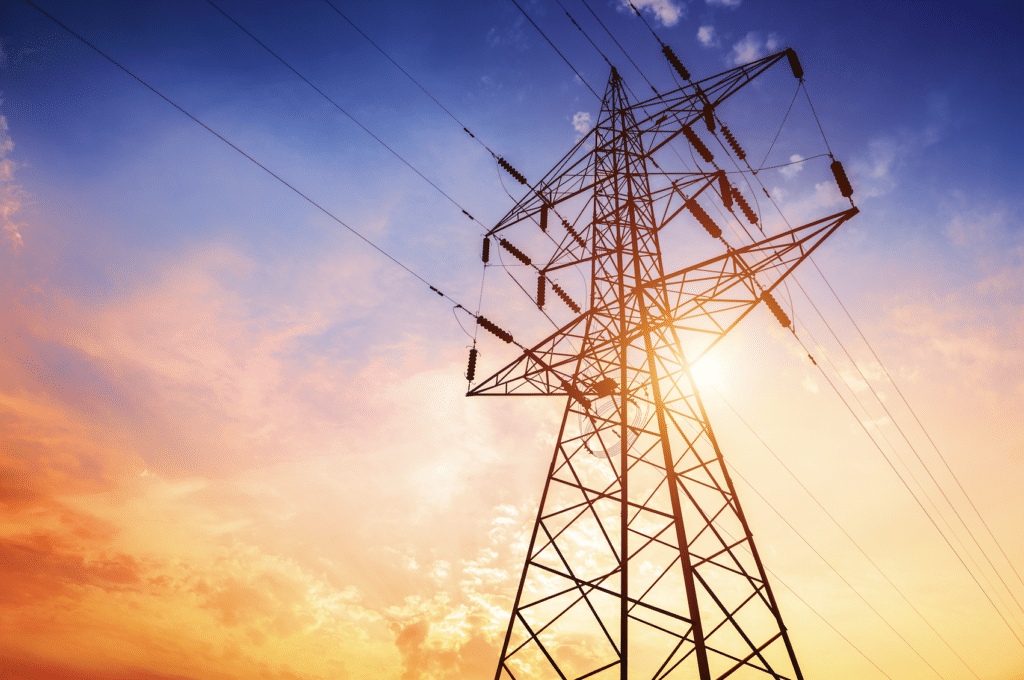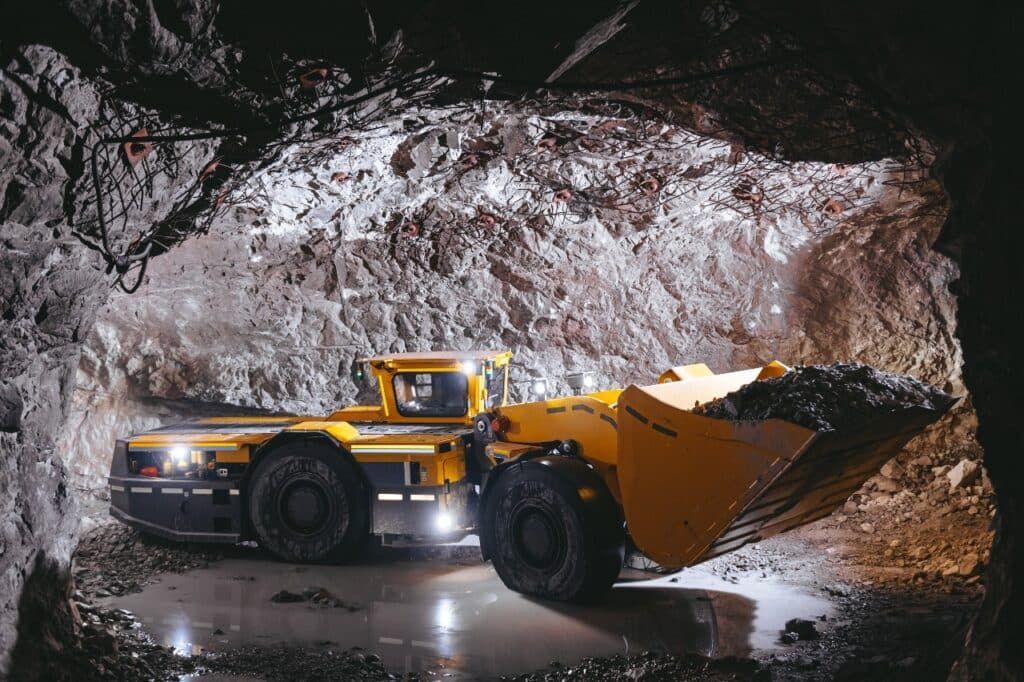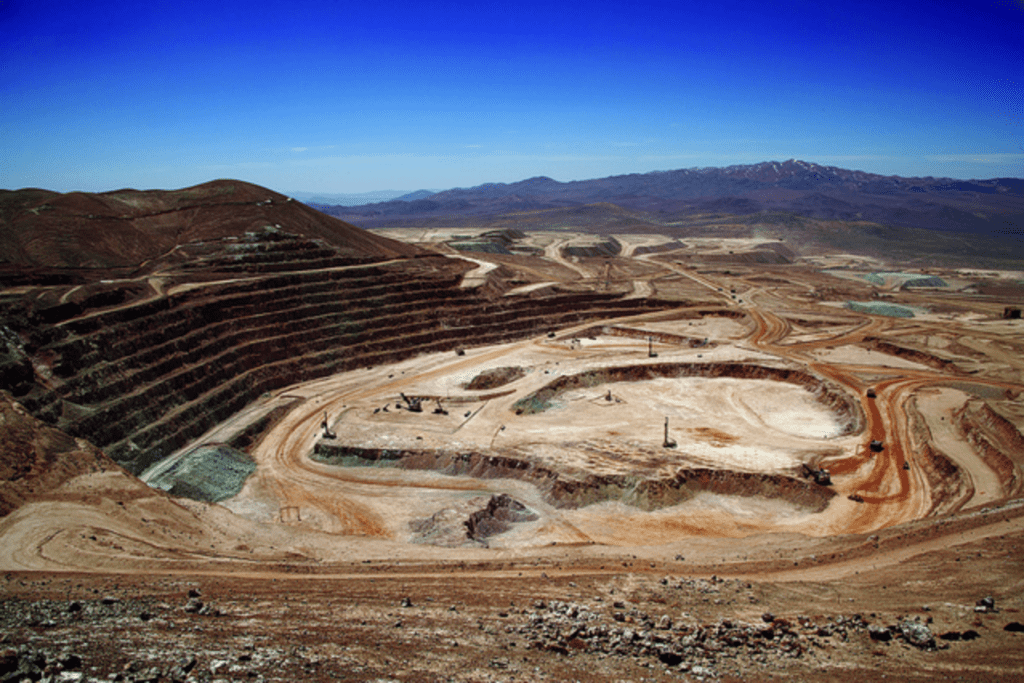Rio Tinto, UNESCO to drive sustainability in Mongolia
Rio Tinto has partnered with the United Nations Educational, Scientific and Cultural Organisation (UNESCO) to foster sustainable development initiatives in Mongolia.
The agreement was signed by both parties at a ceremony held in Ulaanbaatar, where it was announced that the first joint project will focus on promoting sustainable tourism through cultural and geo-heritage initiatives in Mongolia.
The partnership will also work to support environmental and climate change management practices, ensure technical vocational education and training programs are of high-quality and can drive sustainable growth and socio-economic progress, and establish Mongolia’s first geopark that supports geological science.
“By joining forces, UNESCO, Rio Tinto Mongolia and the Government of Mongolia will intensify Mongolia’s involvement in the International Geosciences and Geoparks Programme to promote the study of geosciences and geological processes in order to establish new geoparks as well as to set new standards for ethical and environmentally conscious resource extraction,” Khan said.
“The project activities outlined in these agreements underscore UNESCO and Rio Tinto Mongolia’s determination to preserve Mongolia’s rich cultural heritage and diverse ecosystems.
“Through initiatives that promote education, community engagement, and technological advancements, we aspire to create a blueprint for responsible resource development that can be replicated globally.”
Rio Tinto country director of Mongolia Amarjargal Khenchbish said the major is honoured to collaborate with UNESCO through this partnership.
“By uniting our respective strengths and resources, we are determined to make a meaningful and lasting impact on Mongolia’s sustainable development,” she said.
“We recognise our responsibility as stewards of natural resources and are committed to preserving the natural environment for future generations and promoting Mongolia’s unique heritage on the world stage.”
Mongolia is currently home to several UNESCO world heritage sites and Rio Tinto’s Oyu Tolgoi copper project, which is one of the largest known copper and gold deposits globally.
Source: https://www.australianmining.com.au/rio-tinto-un-to-drive-sustainability-in-mongolia/




